Destroy "ignorance"
Immediately after the success of the August Revolution in 1945, the Democratic Republic of Vietnam faced numerous difficulties: "Enemies within and without", an exhausted economy , and more than 90% of the population being illiterate.
In that context, the Government identified eradicating illiteracy and reviving education as one of the key tasks, both for resistance and for nation building. The Popular Education Movement was born, considering “eradicating ignorance” as the top priority.
Millions of people participated in the study, classes were opened everywhere, from village communal houses, houses to war zone camps, with the spirit of "learning the national language is the duty of every citizen".
This was not only a large-scale literacy movement but also a profound political and social movement, contributing to the propaganda of the resistance line and arousing the national spirit. Resistance education - building citizens for the Fatherland After the National Resistance War, education shifted to the motto "Learning to resist".
The Supplementary Education System was born, improving the knowledge of those who were literate, forming a generation of “resistance citizens” who both held guns to protect the Fatherland and had knowledge to serve production. In particular, the Education Reform in 1950 marked an important turning point. The 12-year general education system was replaced by a 9-year system, which was more concise and practical. The curriculum and textbooks were newly compiled in the spirit of nationalization, science, and popularization, suitable for the conditions of resistance.
The Popular Education and Cultural Supplementary Education Movement was the most brilliant achievement, a broad political and social movement aimed at “eradicating illiteracy”. The great achievement, historical significance in the nine years of resistance war (1945-1954), Vietnamese education demonstrated its strong vitality. Millions of people escaped illiteracy, tens of thousands of cadres, soldiers and people were educated, arousing the spirit of self-reliance and self-improvement.
Education not only contributed significantly to the victory of Dien Bien Phu in 1954 but also laid a solid foundation for the development of Vietnamese education in the following stages.
During the period 1945-1954, under the leadership of the Party and President Ho Chi Minh, Vietnamese education truly became a revolutionary front, with a dual mission: serving the resistance war and preparing for national construction. Brilliant achievements in eliminating illiteracy, supplementing culture and reforming education contributed to the historic victory, opening a new era for the country's education.
Continuation in peacetime – improving people's knowledge
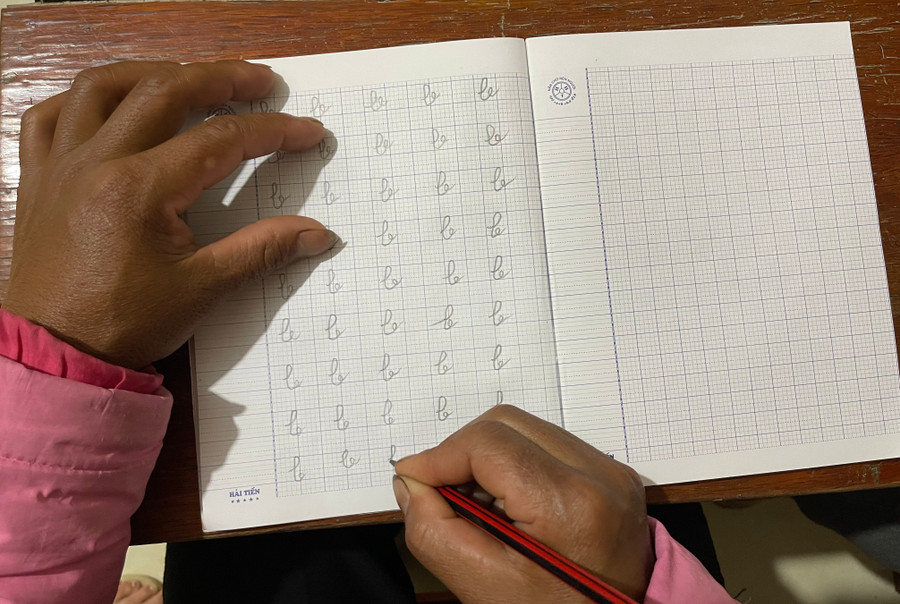
Entering peacetime, the Party and State continued to pay attention to the work of eliminating illiteracy. Many evening classes were opened for people who had never learned to read or were illiterate again, especially in remote areas and ethnic minority areas. This is evidence of the special attention to ensuring equity in education, so that the whole society can access knowledge.
Not stopping at eliminating traditional illiteracy, Quang Ngai province is bringing knowledge to every village through a flexible learning model, closely linked to the lives of ethnic minorities.
Quang Ngai Education Department has developed more than 100 digital lessons, making literacy learning more accessible and closer. Not only stopping at documents, high school students can directly participate in supporting, bringing lively classes, suitable for each ethnic minority community.
In Gia Lai, Mr. Pham Van Nam, Director of the Department of Education and Training, said that in the 2024-2025 school year, the locality will maintain and improve the results of achieving literacy standards. Specifically, 100% of commune and ward-level units will achieve literacy standards from level 1 and above. Of which, 131/135 communes and wards will achieve literacy standards at level 2.
In addition, the department also directed units to carry out propaganda and mobilize illiterate and re-illiterate people in the province to participate in literacy classes. In addition, continue to open literacy classes in a way that creates favorable conditions for learners.
At the end of the 2024-2025 school year, Gia Lai province opened 255 literacy classes with 6,894 students. Along with that, training was organized for 119 managers and key teachers of the units on teaching the Literacy Program, from which it was expanded to localities across the province. In the coming time, Gia Lai province will continue to train teachers to teach the Literacy Program phase 2 according to the instructions of the Ministry of Education and Training.
Source: https://giaoducthoidai.vn/phat-huy-truyen-thong-diet-giac-dot-quyet-tam-giu-vung-thanh-qua-xoa-mu-chu-post745547.html



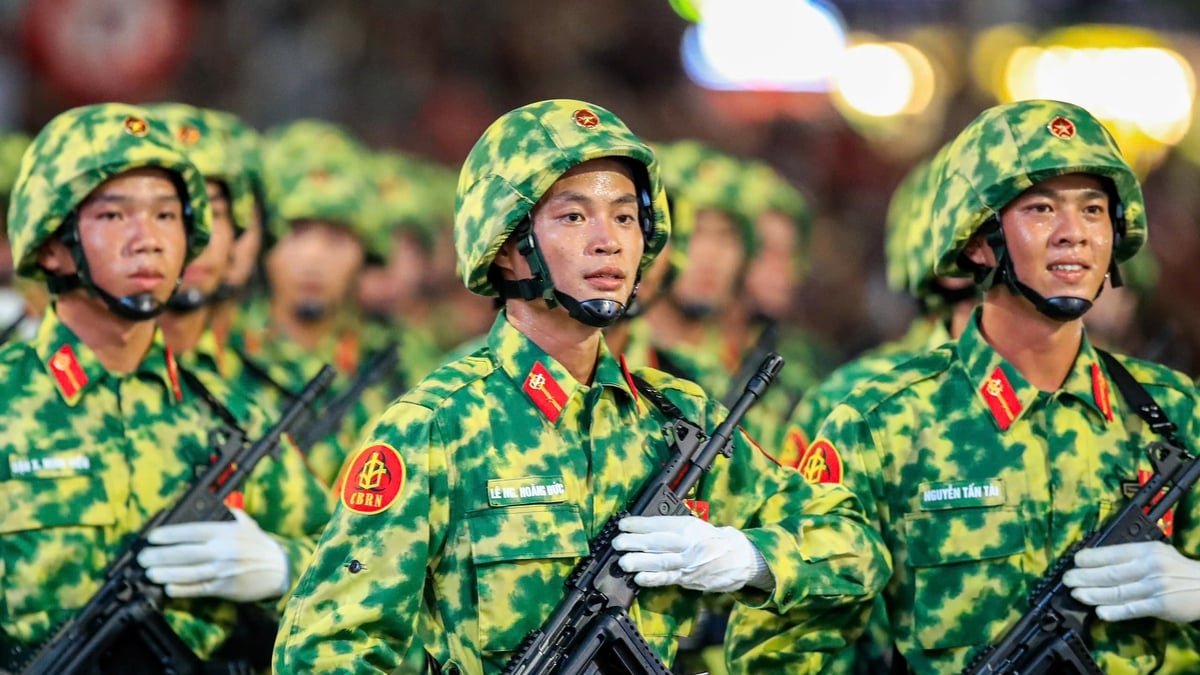
![[Photo] General Secretary To Lam attends the 80th anniversary of Vietnam's diplomacy](https://vphoto.vietnam.vn/thumb/1200x675/vietnam/resource/IMAGE/2025/8/25/3dc715efdbf74937b6fe8072bac5cb30)
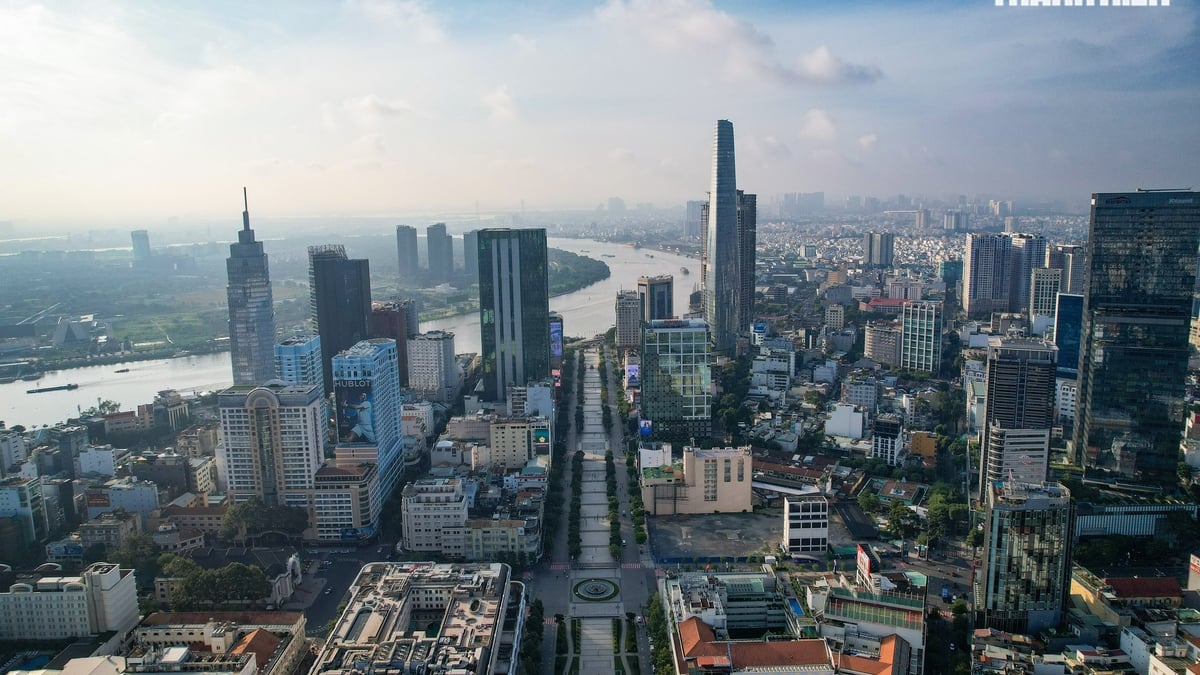



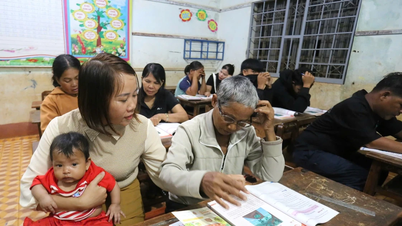
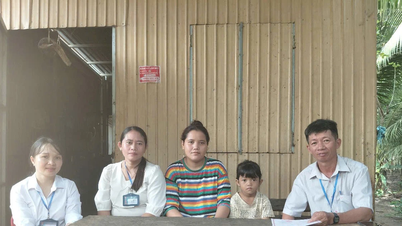

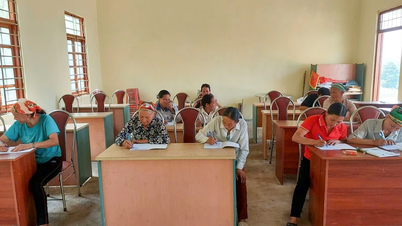


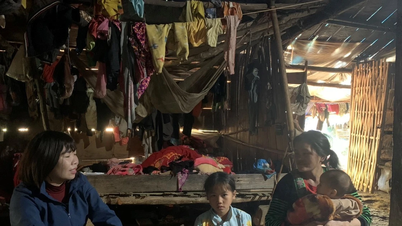
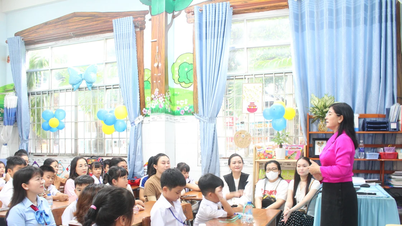


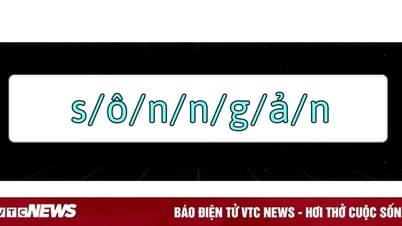
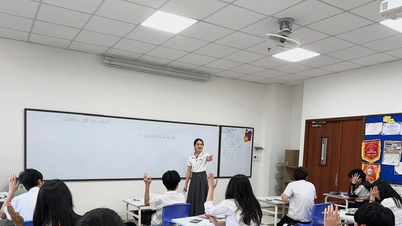
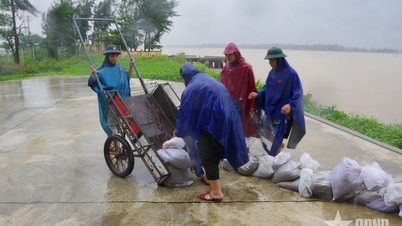








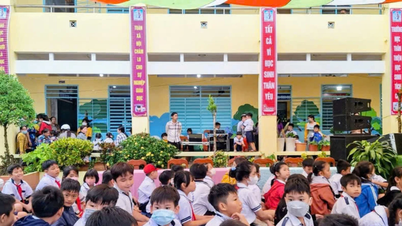
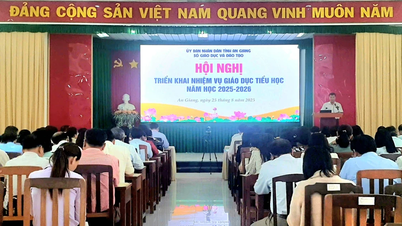
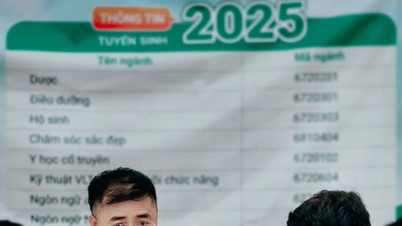
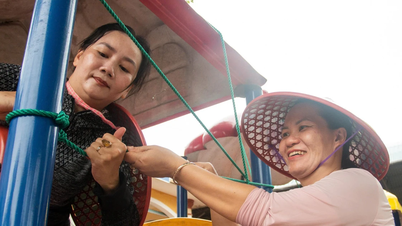
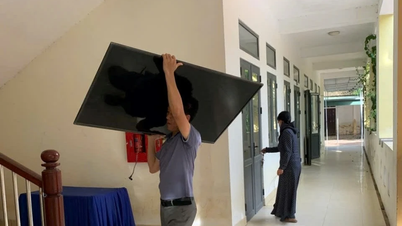
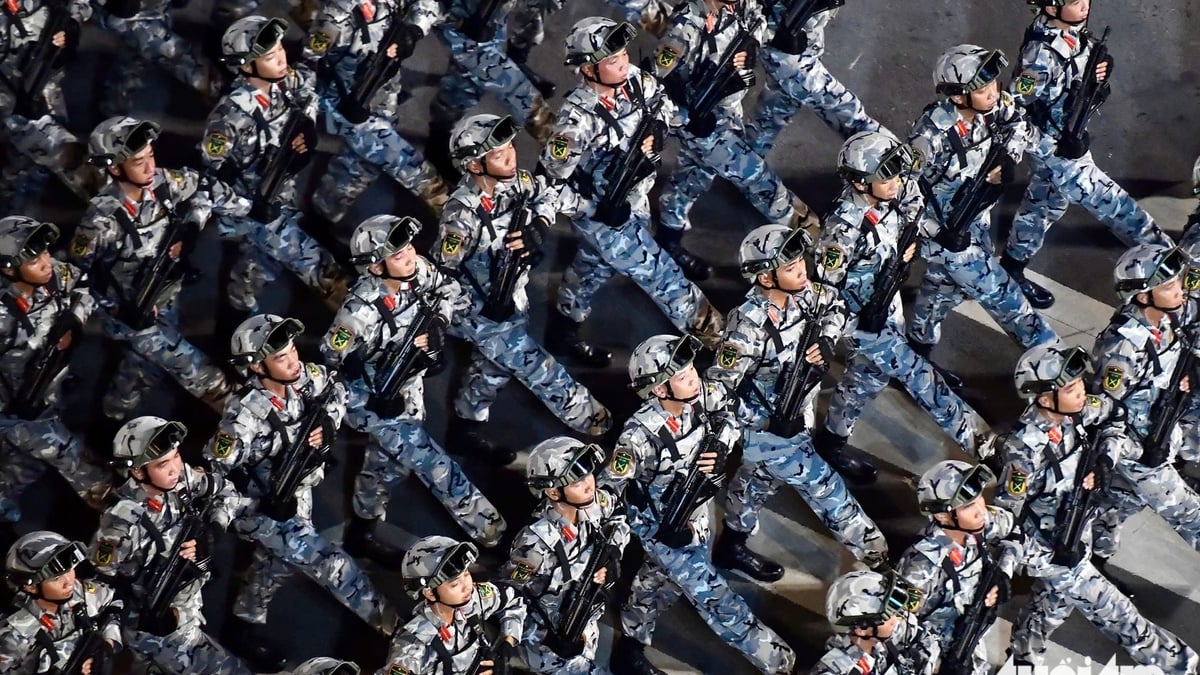
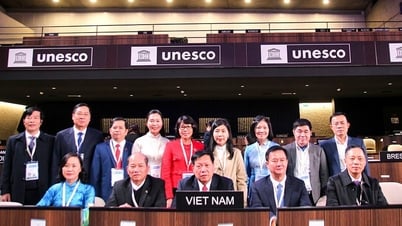

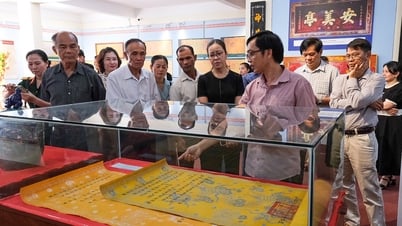



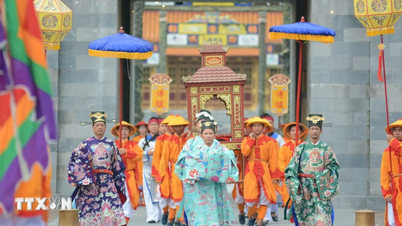







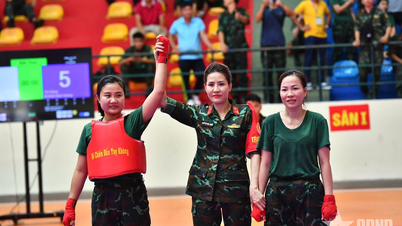
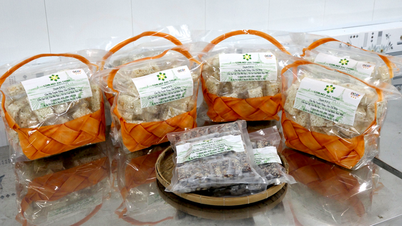



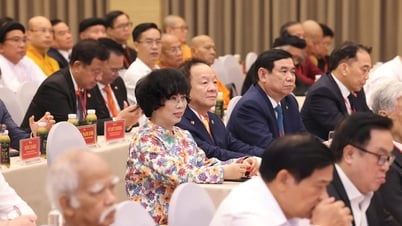



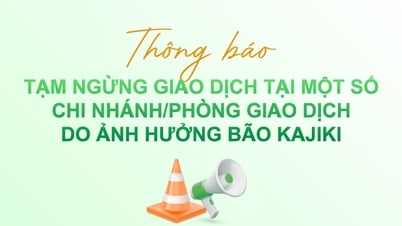


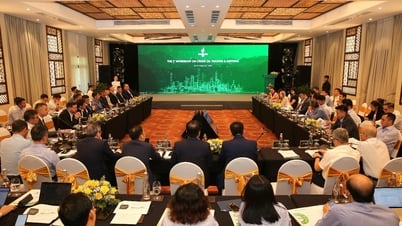
![[E-Magazine] Petrovietnam – Strong steps to realize the “Epochal Transformation”](https://vphoto.vietnam.vn/thumb/402x226/vietnam/resource/IMAGE/2025/8/25/e745baade70f4e1e96f5314f65eac658)

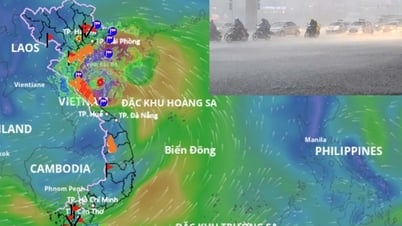

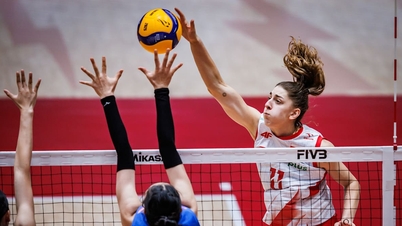

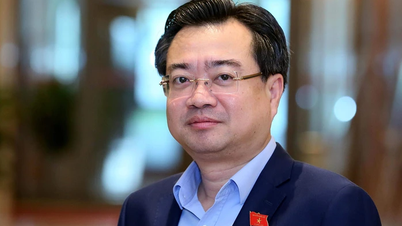

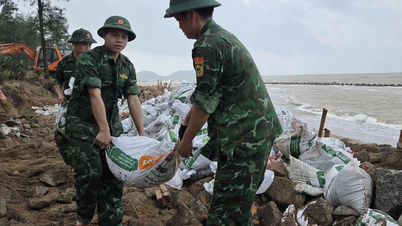
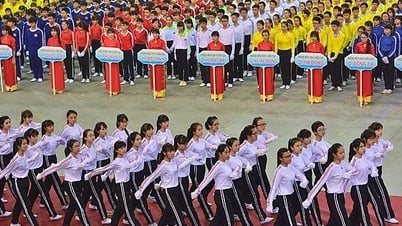

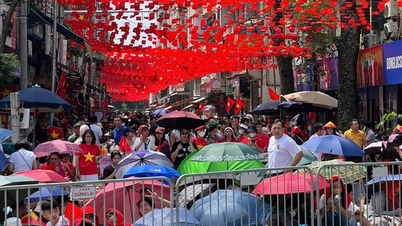


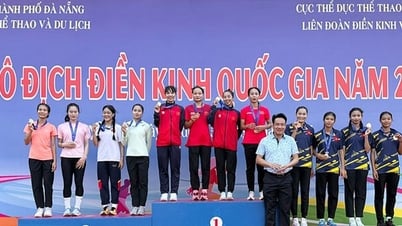
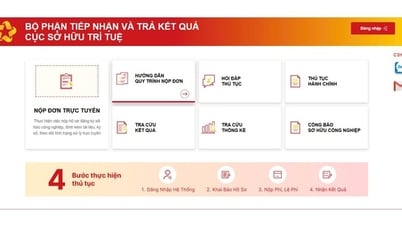

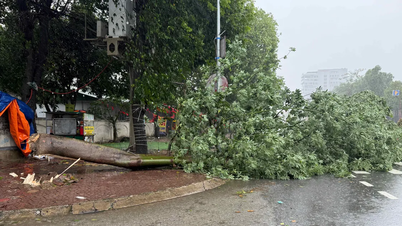

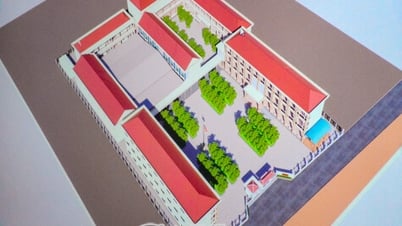







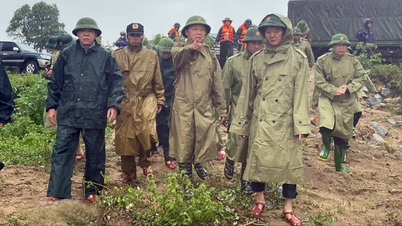







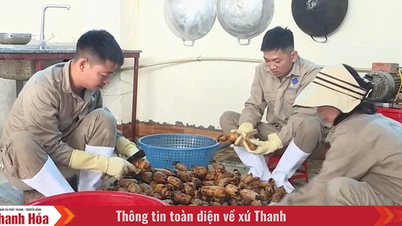
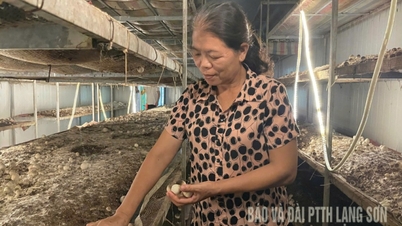





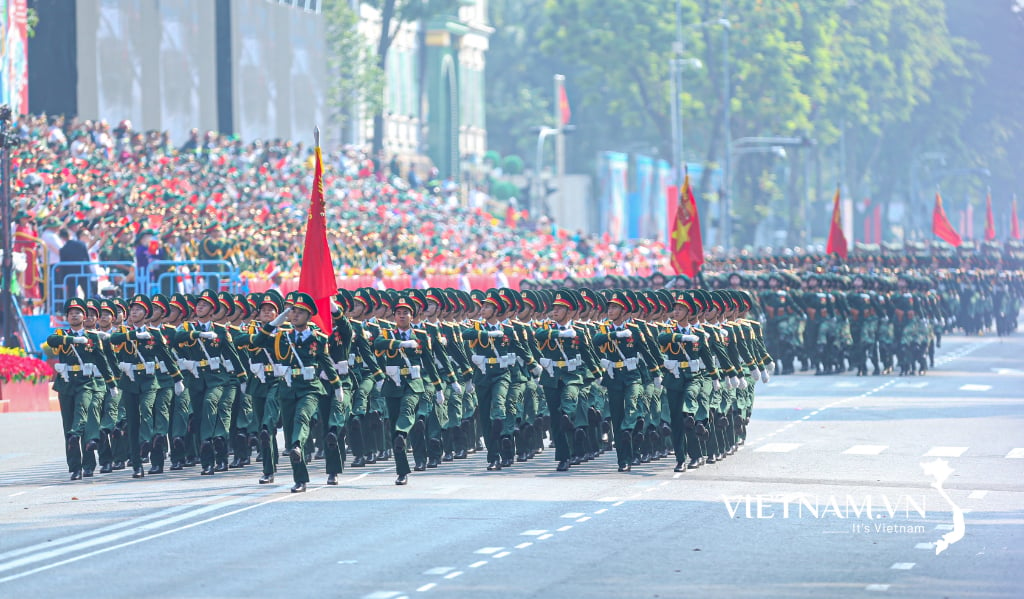
Comment (0)